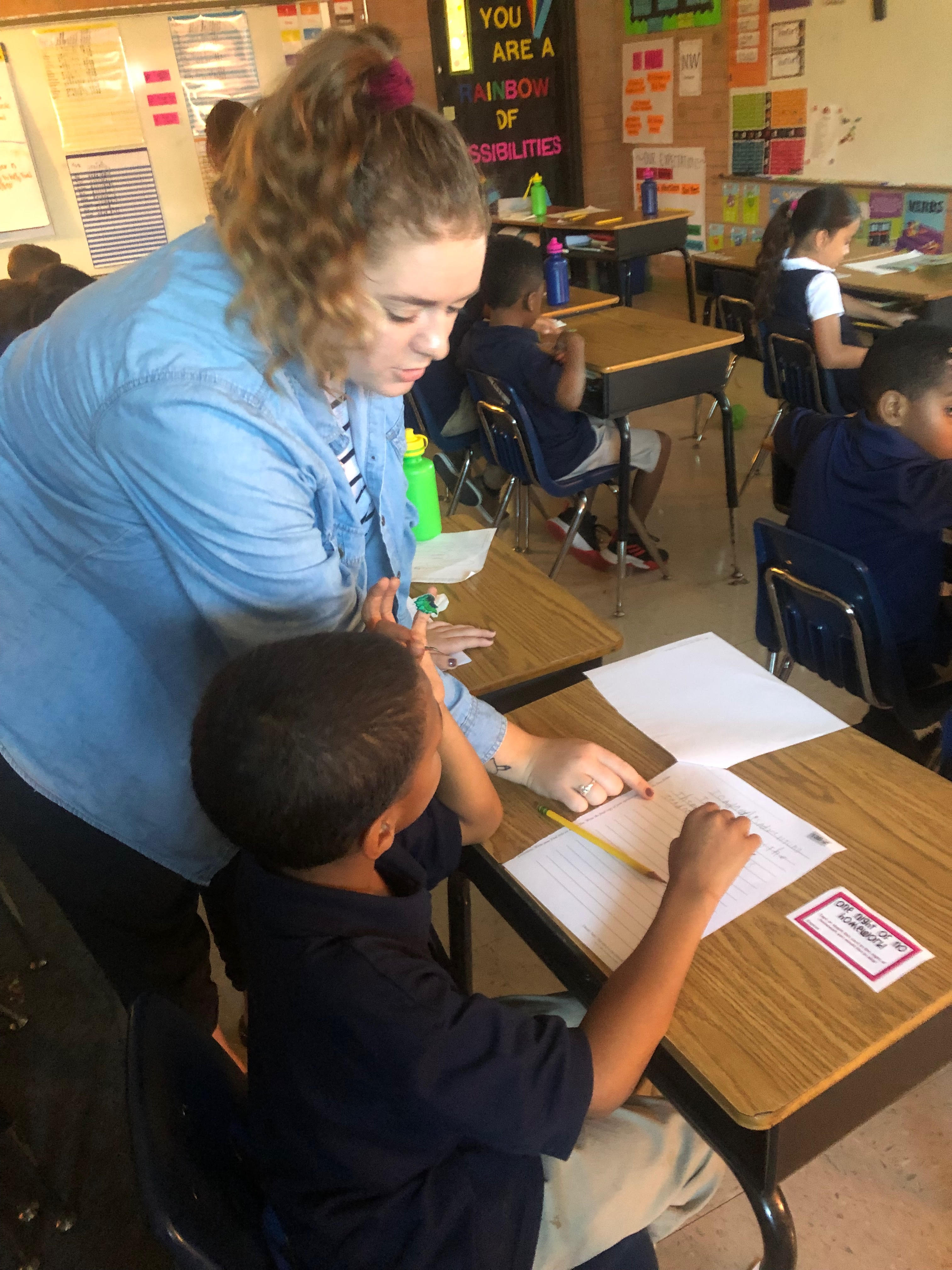5 Tips for Curriculum Leadership

District-level curriculum roles are often pulled in hundreds of directions. But the role is crucial for supporting the leaders and teachers who impact students. We’ve compiled 5 tips to keep in mind as you navigate endless to-do lists and never ending demands.
Tip 1: Get On The Balcony.
It is easy to get sucked into the hustle and bustle of everyday school life especially for those who like the feeling of in-the-moment help or are used to school-level leadership. But it’s important for district leadership to get a big-picture view and gather district-wide evidence too. Ronald Heifetz and Marty Linsky (2009) urge leaders to “get on the balcony” instead of always staying on the dance floor. The “balcony,” as the metaphor goes, allows leaders to see the whole dance floor instead of mistaking the closest dancers as proxy for the entire dance floor.
Tip 2: Evaluate Your Underlying Change Management Beliefs.
District-level leaders are responsible for managing change across a system. Before jumping into a change management plan, it’s important to consider your underlying beliefs and those of your colleagues before you determine the level of management that is required. Think especially about accountability, empowerment and autonomy, and capacity-building. District-level beliefs will shape how you roll out changes and help you avoid angry clashes with district leaders.
Tip 3: Make PD Count.
Professional development is a tried-and-true way to build capacity at every level of a system and support district-wide change. But all PD isn’t equal. The most effective PD includes practice, feedback, and coaching (Joyce and Showers, 2002). A big-name, engaging presenter might get a big round of applause but make sure you evaluate if it’s actually building skills and making change. District leaders must stay focused on overall strategy instead of buying the trend of the day or going for a quick round of applause.
Tip 4: Build Up Leaders.
Strong building-level leaders make a big difference in implementing district change and improving instructional quality. But principals need and want capacity building especially to strengthen instructional leadership skills (Goldring, et. al, 2018). Plus, well-trained principals stay in their jobs longer (Levin & Bradley, 2019). Instead of constantly passing down mandates, district leaders should eagerly look for ways to build up school-level leadership.
Tip 5: Take Curriculum Seriously.
Want to move the needle on student achievement? Changing to a research-based, “high-quality, content-rich curriculum” is much more effective than measures like reducing class size (Chiefs for Change, 2017). Curriculum decisions are crucially important. Instead of dissolving into arguments about developmental appropriateness or text choice, find a way to unite people on a common purpose and make decisions that will benefit the most kids.
The district curriculum leader has a tough job but ultimately serves as the voice for academic performance in the district.
References:
Chiefs for Change. (2017). Hiding in Plain Sight: Leveraging Curriculum to Improve Student Learning. Hiding in Plain Sight: Leveraging Curriculum to Improve Student Learning.
Goldring, E. B., Grissom, J., Rubin, M., Rogers, L., Neel, M., & Clark, M., (2018). “A New Role Emerges for Principal Supervisors: Evidence from Six Districts in the Principal Supervisor Initiative.” New York: Wallace Foundation.
Heifetz, R. A., Grashow, A., & Linsky, M. (2009). The practice of adaptive leadership: tools and tactics for changing your organization and the world. Boston, MA: Harvard Business Press.
Joyce, B.R. & Showers, B. (2002). Student achievement through staff development (3rd ed.). Alexandria, VA: Association for Supervision and Curriculum Development.
Levin, S., & Bradley, K. (2019). Understanding and addressing principal turnover: A review of the research. Reston, VA: National Association of Secondary School Principals.
McAdams, D. R. (2006). What School Boards Can Do, Reform Governance for Urban Schools. New York: Teachers College Press.
NAESP (2018). “The Pre-K-8 school leader in 2018: A 10-year study.” National Association of Elementary School Principals.





















